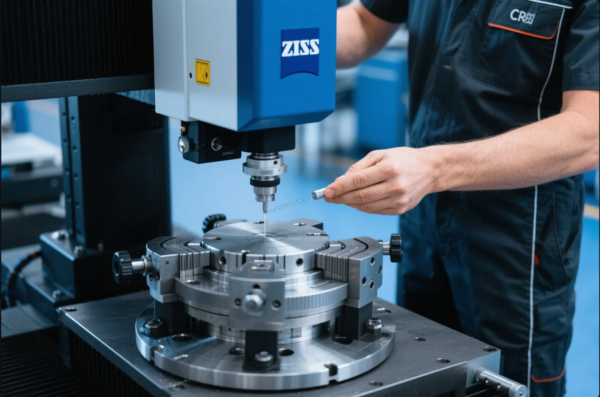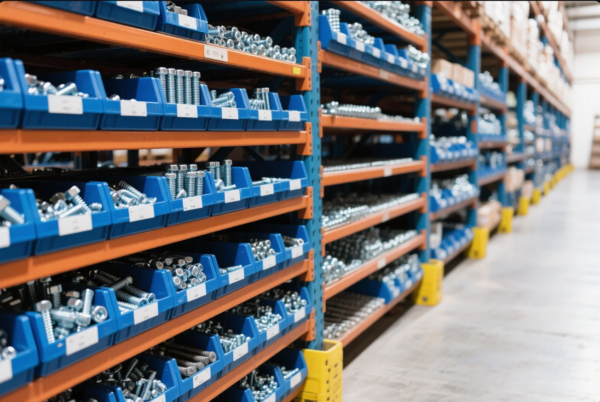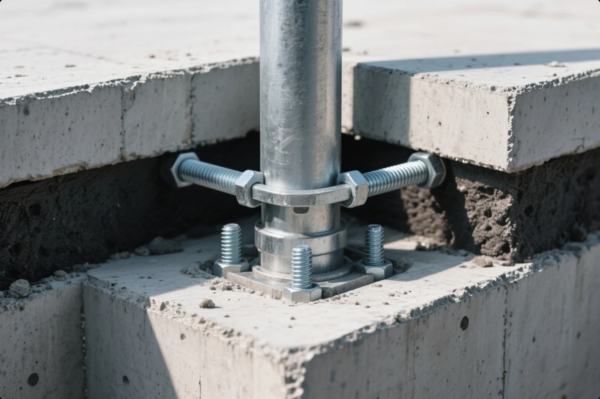What is another name for a cable clamp?

Cable clamps are essential components used to secure cables, wires, or hoses in place. They help maintain organization, reduce wear, and prevent damage in various applications.
Cable clamps, commonly referred to by other names, play a key role in ensuring the stability and safety of cable systems. Let’s explore the different terms used for cable clamps and similar products.
In this article, we’ll uncover the other names for cable clamps, cable ties, and other clamps commonly used in the industry.
What is another name for a cable tie?
Another name for a cable tie is a zip tie. These are commonly used to bundle, organize, and secure cables and wires in place. Zip ties are widely favored due to their simplicity and reliability.
Snippet paragraph: Cable ties, also known as zip ties, are widely used for organizing and securing cables due to their ease of use and effectiveness.
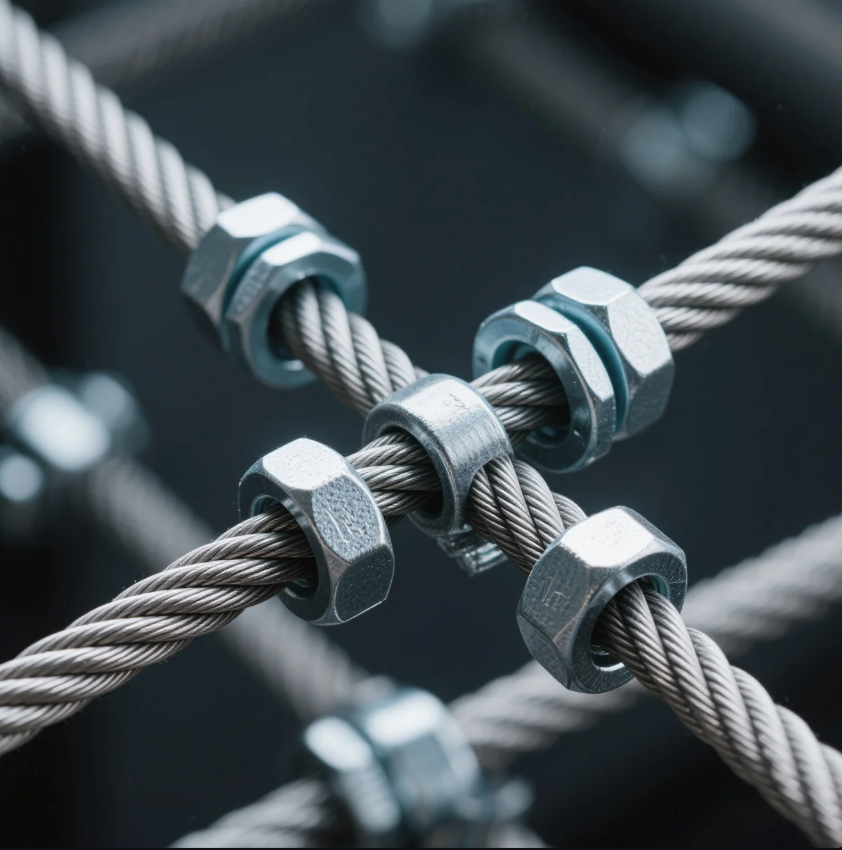
Dive-Deeper on Cable Ties (Zip Ties)
Cable ties are incredibly versatile fasteners and are used in various industries, from electrical wiring to automotive and home organization. The term “zip tie” comes from the sound they make when being tightened. Here are some key features of cable ties:
-
Ease of Use: Cable ties are very easy to apply. They simply require pulling the end through a small head, which locks the tie in place.
-
Durability: Zip ties are made from materials such as nylon, which provides strength and resistance to wear, ensuring that cables stay organized for extended periods.
-
Variety: Cable ties come in different lengths, colors, and strengths, making them suitable for a range of applications, from holding lightweight cables to securing heavier industrial wires.
-
Security: Once tightened, cable ties provide a very secure hold that is difficult to undo without cutting them. This makes them ideal for permanent organization tasks.
Cable ties (zip ties) are a go-to solution for keeping cables and wires neatly organized and securely fastened, providing both functionality and reliability.
What are the different types of cable clips?
There are several types of cable clips, each designed for different uses and installation methods. Common types include clamp-style clips, adhesive clips, spring clips, and screw-mounted clips.
Snippet paragraph: Cable clips come in various types, such as clamp-style, adhesive, spring, and screw-mounted clips, offering a solution for different installation needs and environments.
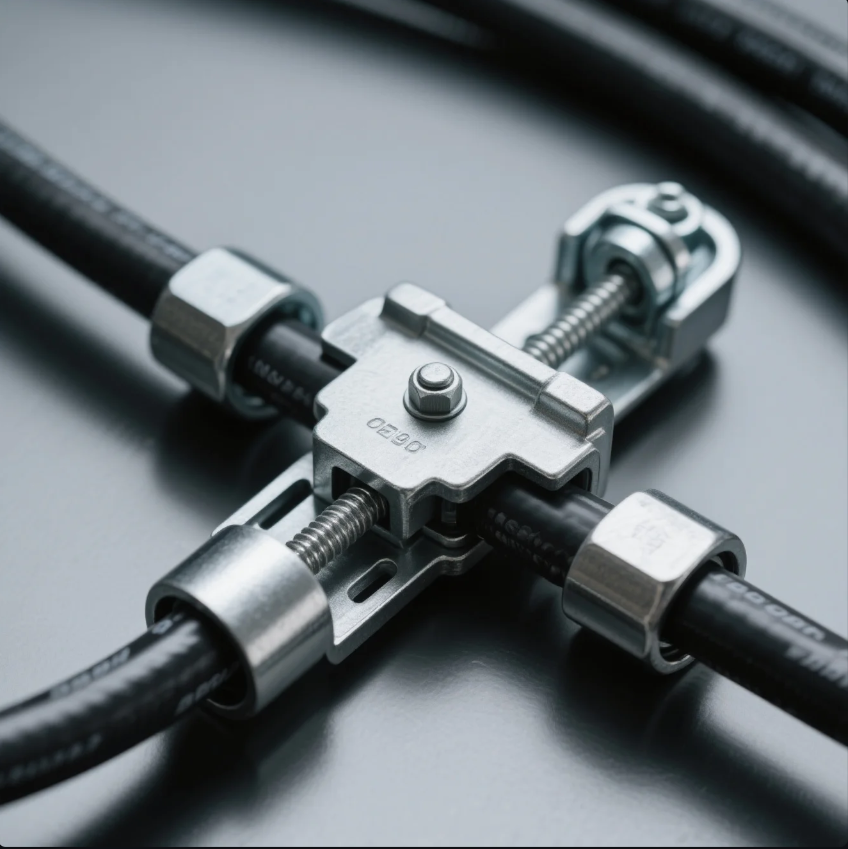
Dive-Deeper on Cable Clip Types
-
Clamp-Style Clips: These clips use a clamp mechanism to hold cables in place. They are commonly used in industrial settings where a more permanent solution is required. They work by securing the cable inside a channel or slot and can hold one or multiple cables at once.
-
Adhesive Clips: Adhesive cable clips feature a sticky backing that allows them to adhere to surfaces without the need for drilling or screws. These clips are commonly used in offices or homes to organize cables along walls or desks.
-
Spring Clips: Spring clips use tension to hold cables in place. They are designed for quick and easy insertion and removal, making them perfect for temporary setups or situations where cables need to be adjusted frequently.
-
Screw-Mounted Clips: These clips are secured by screws, providing a more permanent solution for cable management. They are typically used in environments where cables need to be fastened securely to surfaces like machinery, walls, or ceilings.
-
Push-In Clips: These clips are designed for easy installation by simply pushing the clip into place. They are often used for securing wires or cables on equipment or in electronic devices.
Each type of cable clip is designed to suit different environments and applications, offering a range of solutions for keeping cables organized and securely attached.
What is another name for the G clamp?
Another name for the G clamp is the C clamp. Both names refer to a type of clamp with a "G" or "C" shape that is commonly used to hold objects securely in place during assembly, construction, or welding.
Snippet paragraph: The G clamp is also known as the C clamp. Both are used to hold objects firmly in place during various work processes.
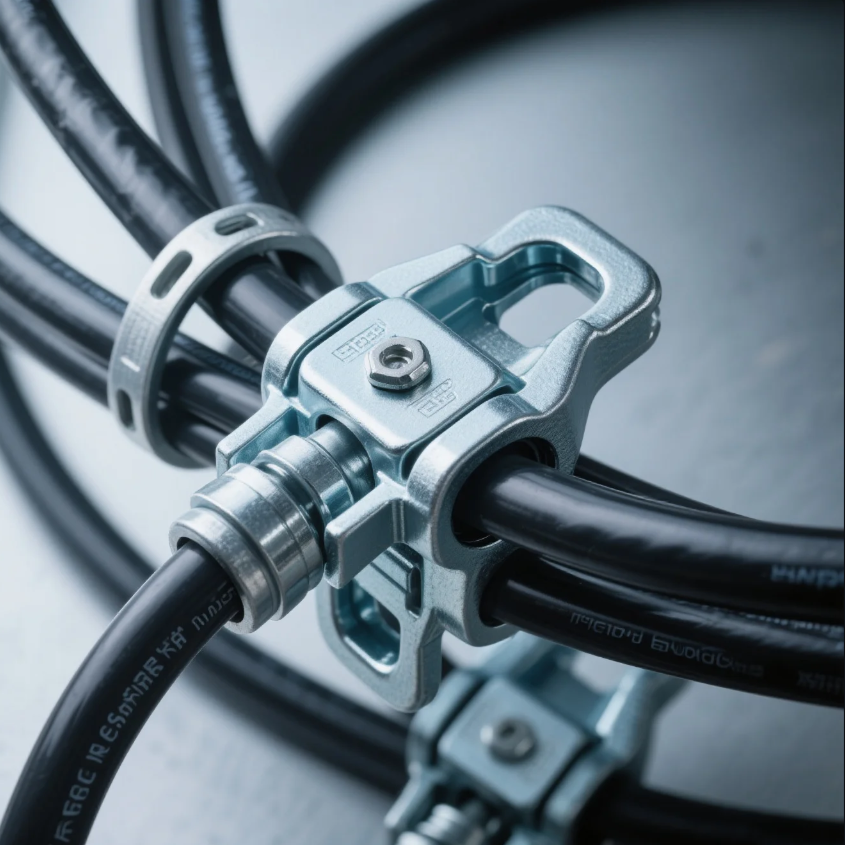
Dive-Deeper on G Clamp (C Clamp)
The G clamp (also called the C clamp) is a widely used tool in workshops and industrial settings. It features a "C" or "G" shaped frame with a screw mechanism that allows for clamping objects with high pressure. Key features include:
-
Holding Power: The screw mechanism in a G clamp provides excellent holding power, making it ideal for tasks that require a secure grip, such as welding, drilling, or assembling parts.
-
Versatility: These clamps come in various sizes, from small models for delicate tasks to large ones for heavy-duty applications. They are used to hold wood, metal, or other materials firmly in place during work.
-
Ease of Use: G clamps are simple to operate. The screw mechanism allows for easy tightening and loosening, which makes them convenient for quick adjustments in a workspace.
-
Durability: G clamps are typically made from durable materials like steel or cast iron, providing long-lasting strength and resistance to wear and tear.
Whether referred to as G or C clamps, these tools are invaluable in various applications, providing stability and precision in the workspace.
What is another name for a hose clamp?
Another name for a hose clamp is a hose clip. Both terms refer to a metal or plastic band that is used to secure hoses onto fittings, preventing leaks or disconnections in systems like plumbing or automotive.
Snippet paragraph: Hose clamps, also known as hose clips, are essential for securing hoses in place and preventing leaks or disconnections in fluid systems.
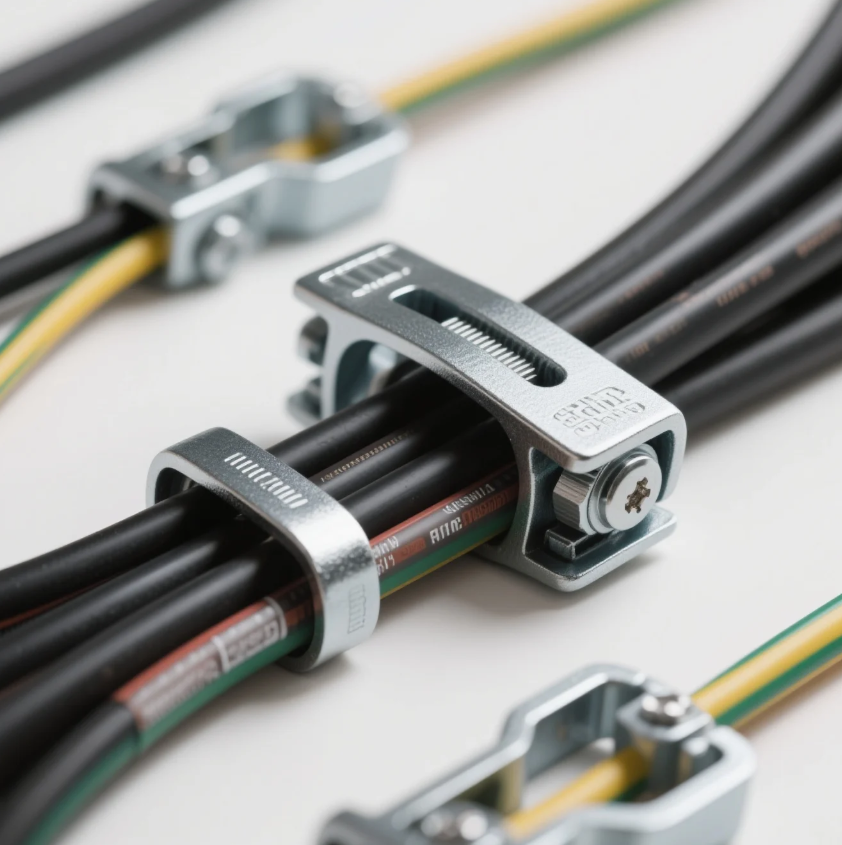
Dive-Deeper on Hose Clamps (Hose Clips)
Hose clamps (or hose clips) are designed to secure hoses onto their fittings, ensuring that they stay in place even under pressure. Here’s more about hose clamps:
-
Functionality: The primary function of hose clamps is to hold hoses tightly in place, preventing any leakage of fluid or gas. They are essential in automotive, plumbing, and industrial applications.
-
Types: Hose clamps come in several varieties, including worm gear clamps, spring clamps, and T-bolt clamps. Worm gear clamps are adjustable and are commonly used in automotive applications. Spring clamps are used in light-duty applications where a quick and easy install is needed.
-
Materials: Hose clamps are typically made from stainless steel, ensuring resistance to corrosion and rust. Some hose clamps are made from plastic for lightweight applications.
-
Applications: Hose clamps are used in automotive engines, plumbing systems, and air-conditioning units to ensure hoses remain firmly attached to their fittings, preventing leaks.
Whether you call them hose clamps or hose clips, these essential tools provide reliable performance and security in systems requiring fluid or gas transfer.
Conclusion
Cable clamps, cable ties (zip ties), G clamps (C clamps), and hose clamps (hose clips) are essential components used to secure, hold, and organize materials in various applications. Understanding their different names and functions helps you select the right tool for the job.

